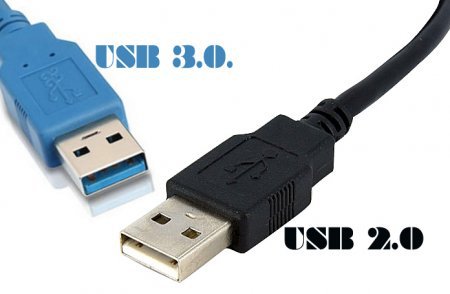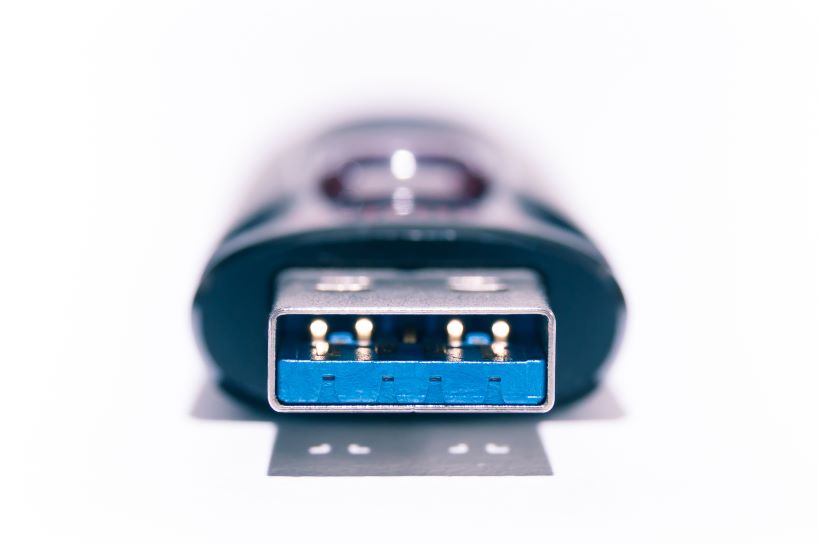
Bus-powered USB devices that requires more power than what USB 2.0 can provide are not compatible with USB 2.0.įor products related to this article, click here.Devices that require USB 3.1 transfer speeds of 10Gbps might not work with USB 3.0 or USB 2.0, or you might experience lower transfer speeds and impacted performance.

Unfortunately, that would increase the cost dramatically.


USB 2.0 only provides one-way transmission, meaning that at any given time data is either being. To achieve USB 3.1 transfer speeds, your USB host connection, cables, and device must all support USB 3.1. There are two more differences between 2.0 and 3.0 to consider. It is capable of data transfer speeds up to 10Gbps, and while it can use the USB-C connector type, it can also use a variety of other connector types. USB 3.1 is the most recent version of the USB (Universal Serial Bus) standard for connecting computers and electronic devices.


 0 kommentar(er)
0 kommentar(er)
